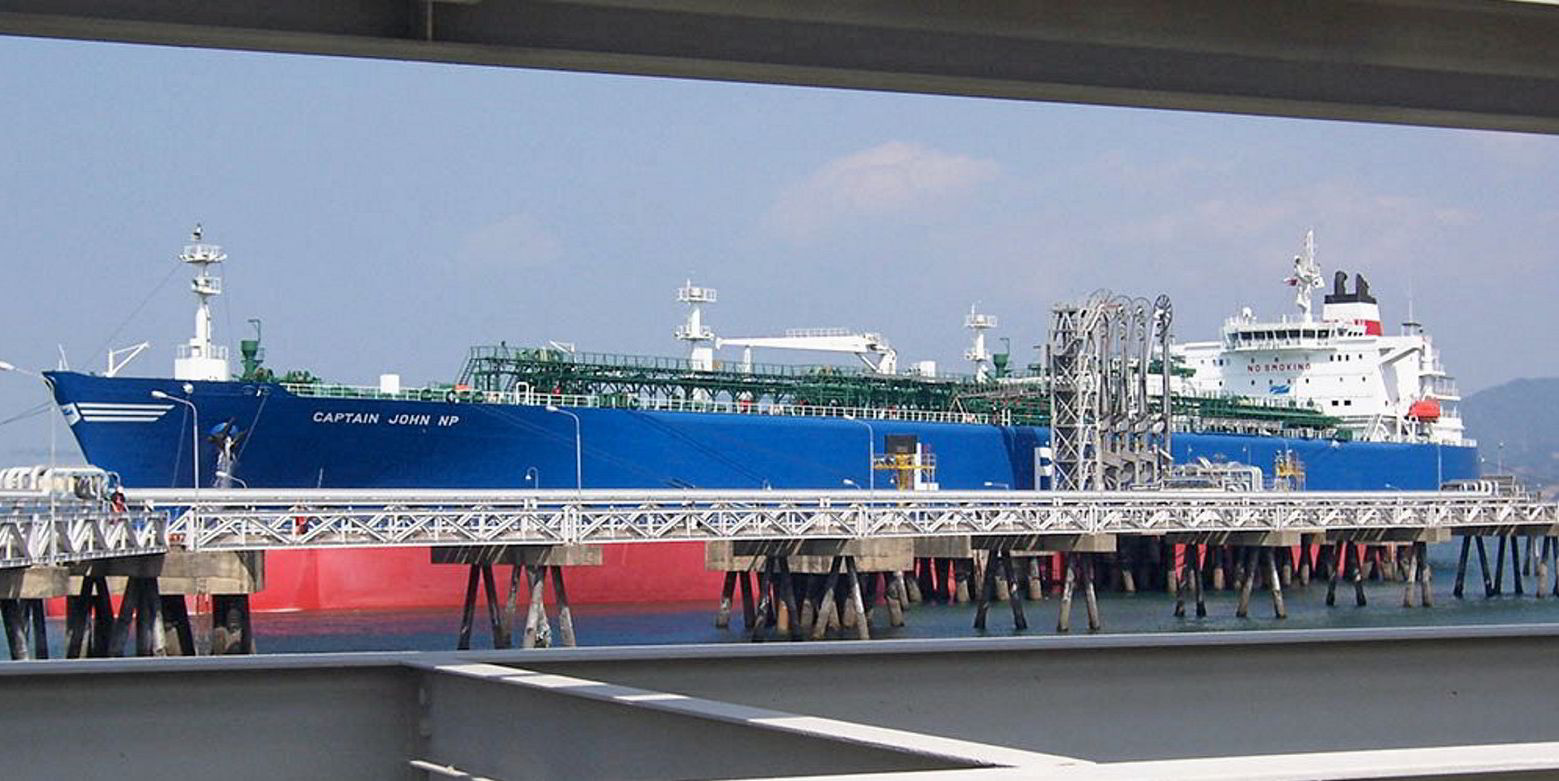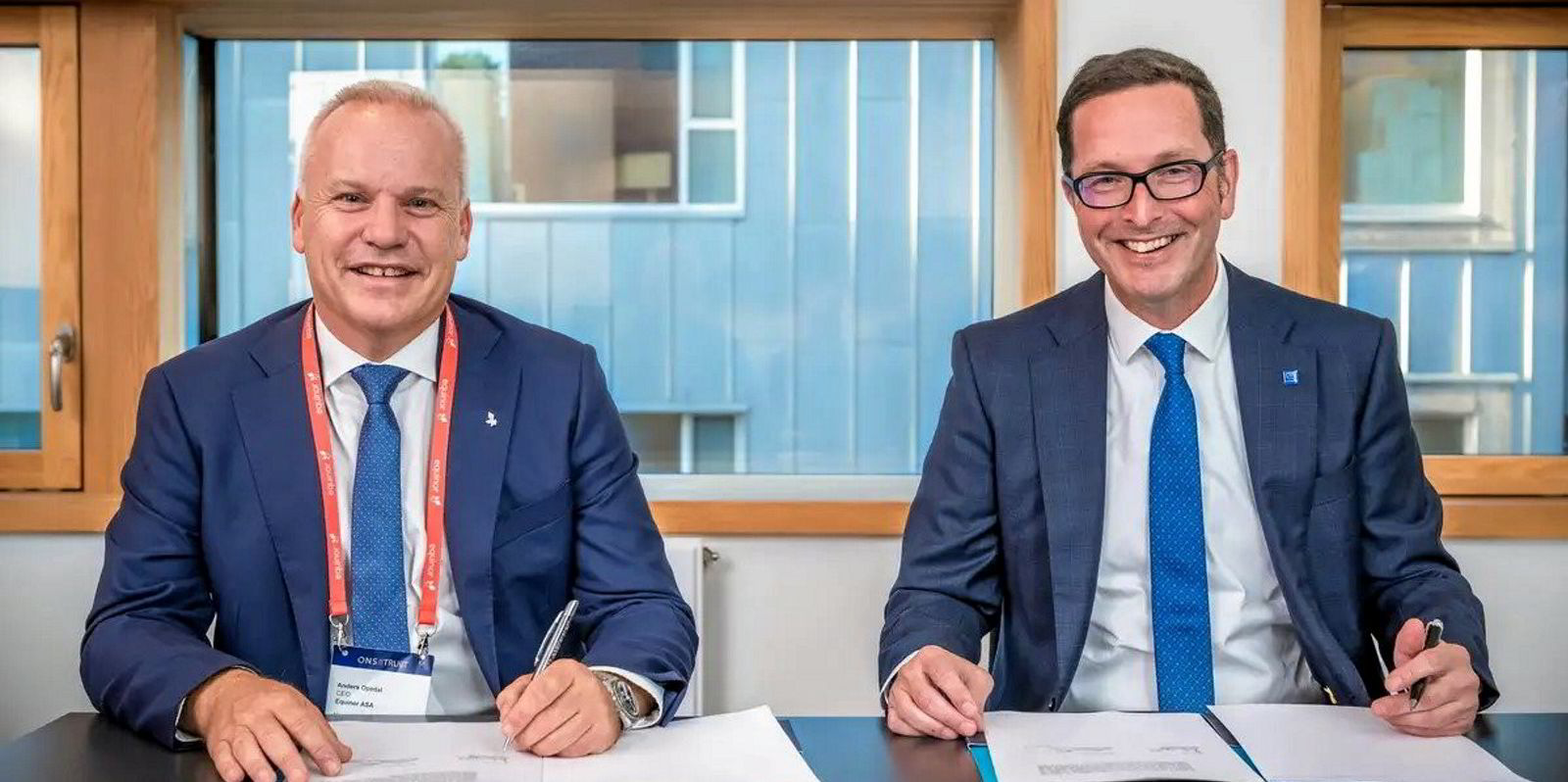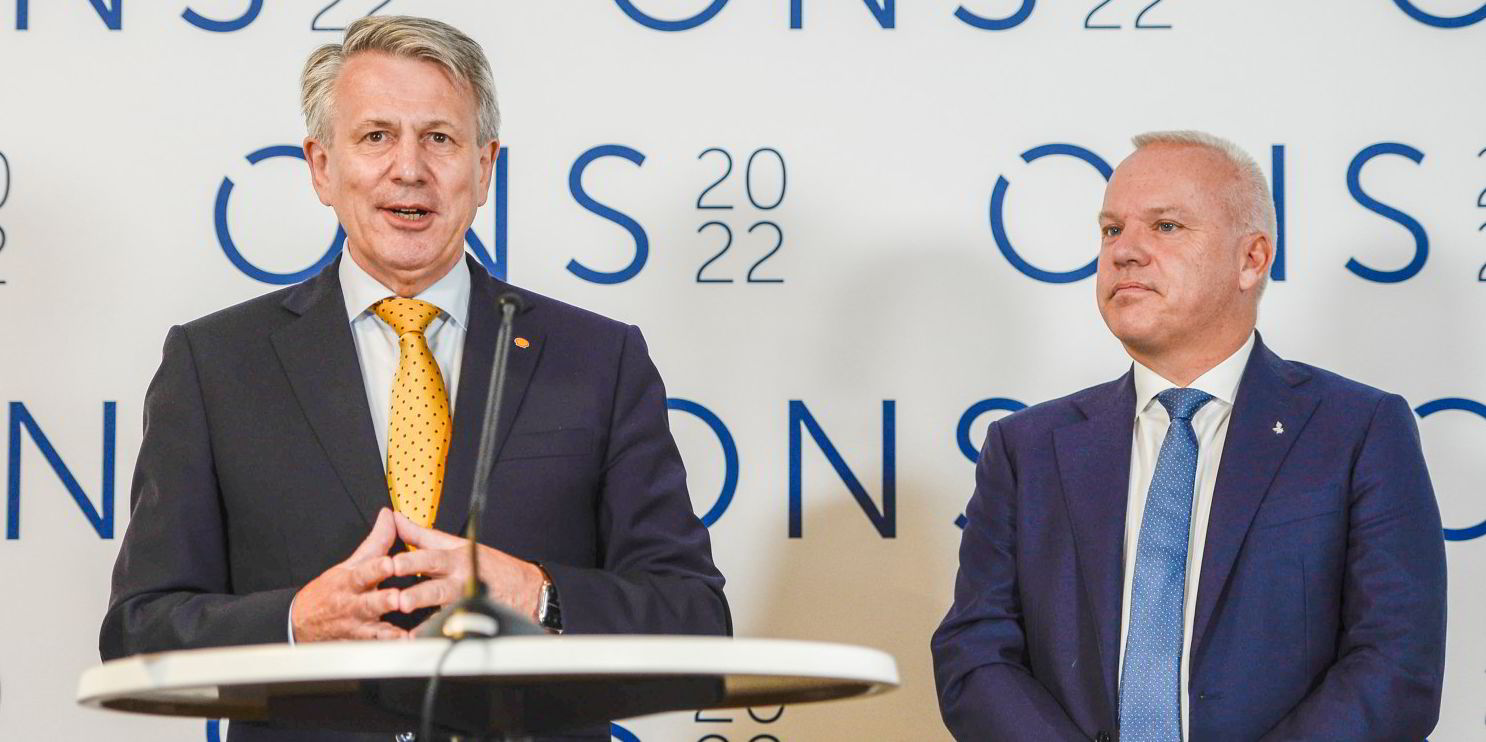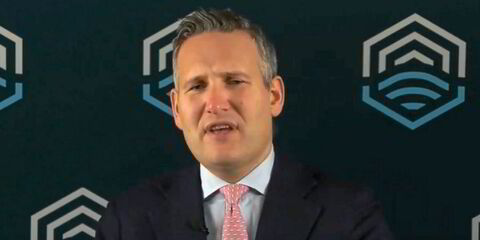LPG carrier owners are looking to ammonia as a source of cargo growth as the commodity travels longer distances in the wake of Russia’s invasion of Ukraine and as it shows promise as a carbon-free energy source.
Small and midsize gas carriers are already benefiting from the ammonia market dislocation from the isolation of Russia, the world’s largest exporter of the fertiliser ingredient, and the fallout from Europe’s energy crunch.
Some owners of VLGCs, only some of which can carry the fuel, are looking to retrofits or newbuildings in order to carry the fuel in larger volumes.
Dorian LPG is among those shipowners looking to carry out work on existing vessels to carry the fuel.
The LPG carrier specialist once had a fleet of VLGCs built in 2007 and 2008 with ammonia-carrying capabilities. Only the 82,200-cbm Captain John NP (built 2007) remains, and it is widely expected to be sold.
Dorian LPG USA president John Lycouris told TradeWinds that the retrofits of other vessels “could happen in less than a year”.
While ships in the small and midsize LPG carrier fleet generally can carry ammonia as a cargo, modern VLGCs have been built without the ability to handle the heavier cargo safely.
Data from VesselsValue shows at least 25 VLGCs around the world can carry ammonia as cargo, and all of them were built in 2009 or earlier, out of a worldwide fleet of 348 vessels in the class.
Orderbook moves
But ammonia-carrying capabilities are expected to increasingly grace the VLGC newbuilding orderbook.
In early August, TradeWinds reported that Japanese giant NYK Line ordered a fourth VLGC that is able to carry ammonia and LPG at the same time, in segregated cargo tanks. The ships are to be constructed at compatriot Kawasaki Heavy Industries.

Other size classes in the LPG carrier fleet are already generally able to carry ammonia, and some shipowners are boosting their presence in the trade.
New York-listed Navigator Holdings, which owns small and midsize LPG carriers, said recently that it had seven of its ships on ammonia-related charters during the second quarter, up from four a year earlier. One of those time charters locks in the 38,000-cbm Navigator Jorf (built 2017) until August 2027.
Growing share
The commodity now constitutes 15% of the London-headquartered company’s earnings days.
In an August conference call with analysts, Navigator Gas chief commercial officer Oeyvind Lindeman described dramatic changes in the ammonia supply chain.
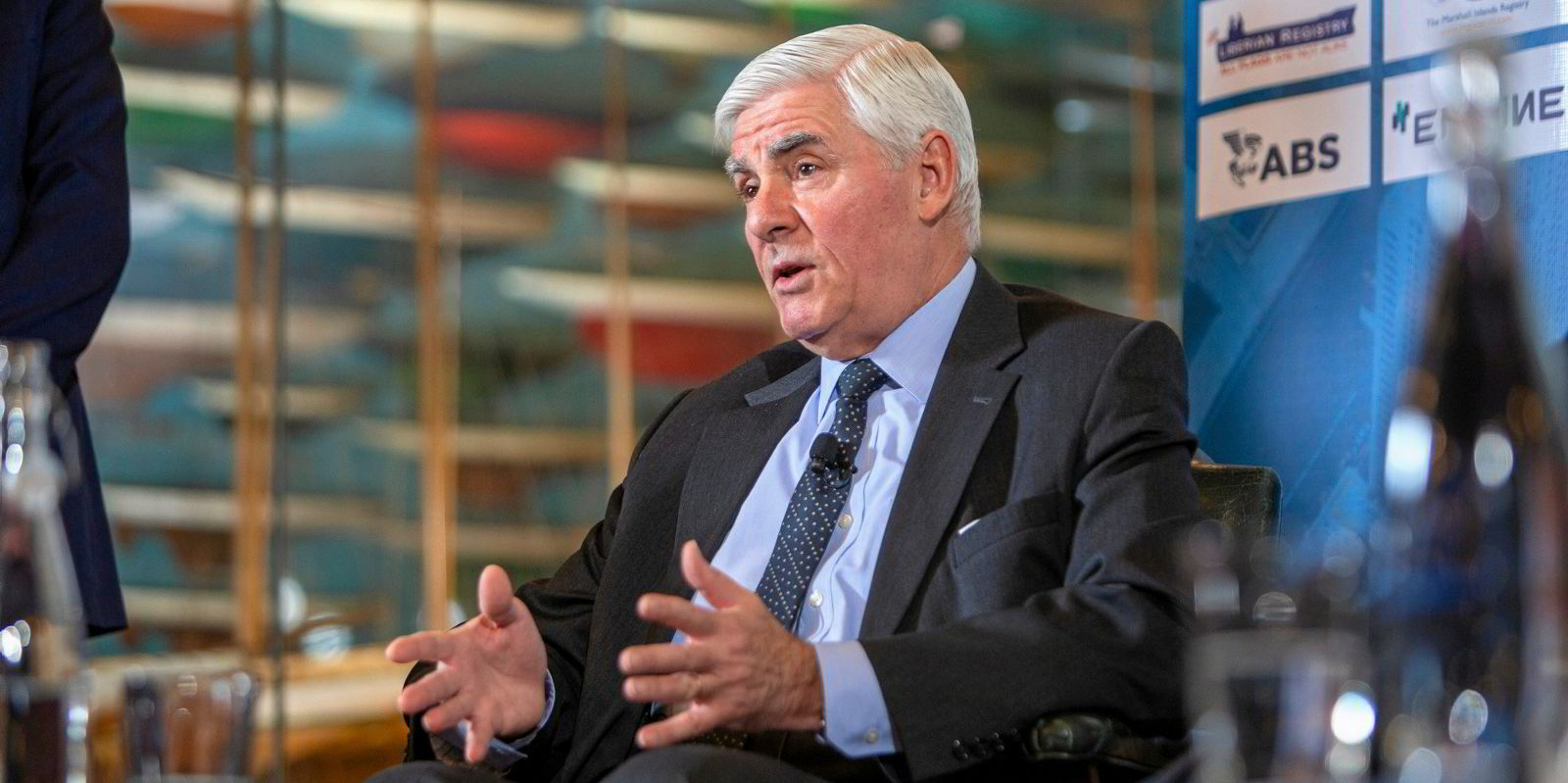
Until February, Europe supplied three-quarters of its own demand for the commodity. That changed when Russian troops poured into Ukraine.
“Ammonia’s self-sufficiency is dramatically reducing in Europe as a result and European consumers are looking further afield to secure supply,” he said.
‘Required reality’ of long-haul
“We have rarely seen ammonia moving from Asia to Europe. However, today, this is a required reality. This brings with it increasing tonne-mile demand and incremental vessels entering the ammonia trade.”
Soaring gas prices in Europe are also hitting ammonia production in Europe, with Norwegian fertiliser producer Yara recently slashing ammonia output because of soaring costs for the energy used to make it, according to Reuters.
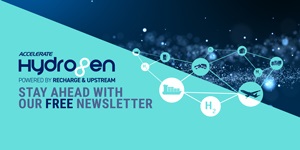
But Europe needs ammonia, a key ingredient in fertiliser.
Lindeman said he expects the portion of Navigator’s fleet that is employed on ammonia charters to grow.
“Ammonia, as part of food security, is becoming strategically important for countries,” he said. “Perhaps, more importantly, the promise of blue and green ammonia as part of our journey to net zero carbon emissions is driving the ammonia industry into overdrive and Navigator is here to lead and support these changes.”
The growth in ammonia tonne-miles comes amid hopes for its role as a zero-carbon fuel, creating expectations that ammonia carrier newbuildings could join the shipping fleet.
TradeWinds reported in July that the International Gas Union said the development of green ammonia, which is made from renewable energy, and carbon capture-linked blue ammonia production could lead to 100,000-cbm very large ammonia carriers.
Georgios Plevrakis, the vice president of global sustainability at ABS, said the classification has experienced a ramp-up of requests for support and insight on building ammonia carriers in a future-proof way — that is, powered by the fuel.
“That actually tells you something. It tells you that the industry is now looking at this type of carrier because it is connected to the hydrogen and carbon value chains,” he said, referring to ammonia’s role as a way to carry hydrogen and the expected growth of carbon capture — two value chains expected to grow.
